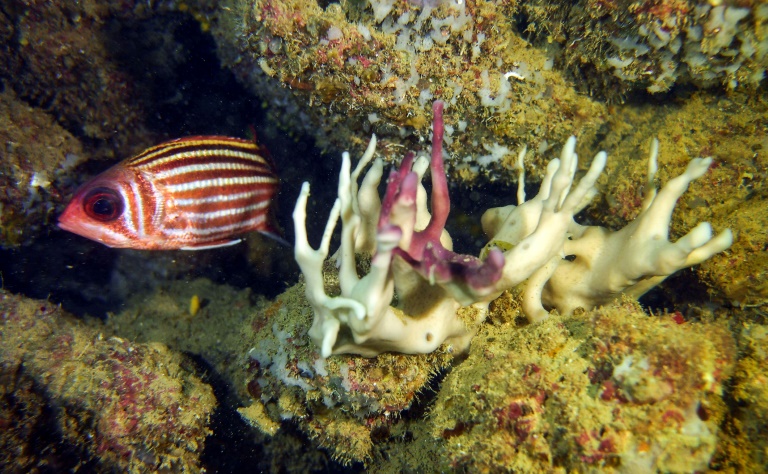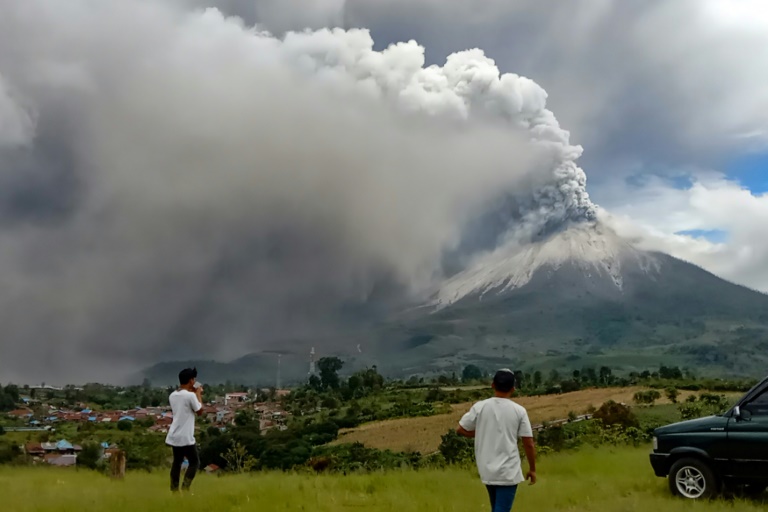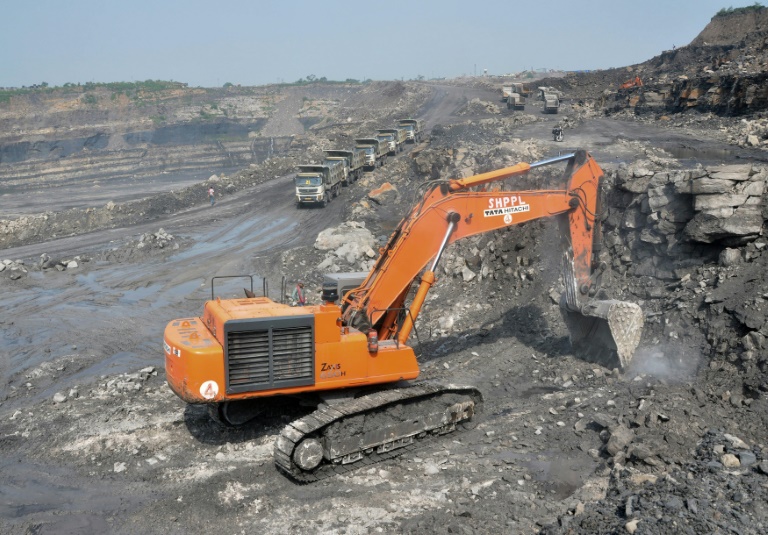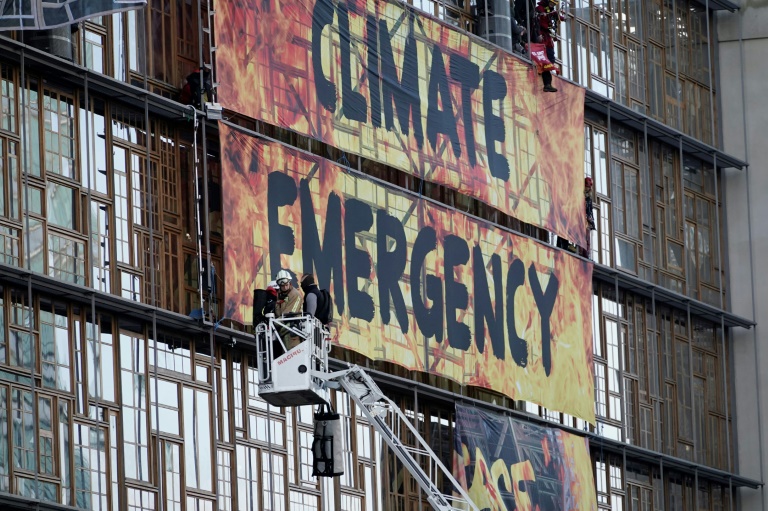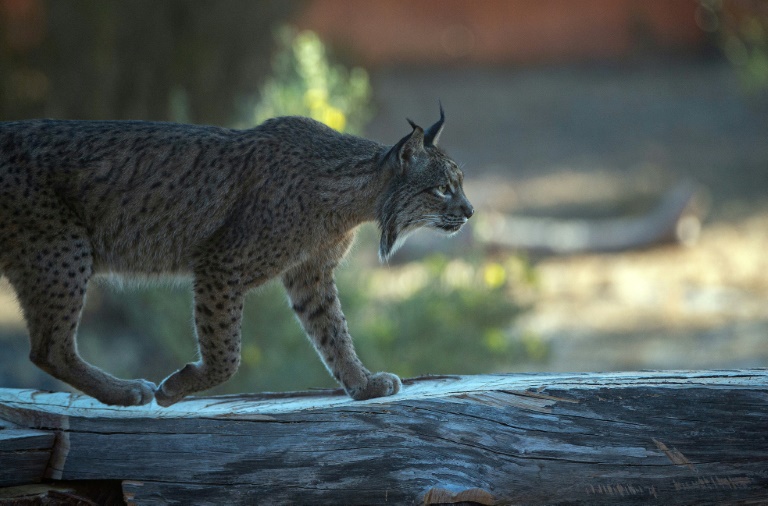One of the annoying things about global warming — besides the likelihood it will ravage life on Earth — is all the new words we are expected to learn in order to track our descent into climate chaos.
Rising temperatures have not only boosted the intensity or frequency of major storms and heatwaves, they have spawned rare or novel weather phenomena, accompanied by new more-or-less scientific names.
“Firenados”, for example, occur when searing heat and turbulent winds rise above out-of-control forest fires in tornado-like columns.
California and Australia have seen plenty of these vertical flame-throwers, and will likely see a lot more, scientists say.
So-called “dry thunderstorms” in drought-stricken regions such as the southwestern United States are a big tease, producing thunder and lightning, but no rain.
The air below these high-altitude light-shows is so parched that any moisture produced evaporates on the way down.
Then there are the fire-induced, smoke-infused “pyrocumulonimbus” clouds that darkened Australian skies during the Black Summer of 2019-2020; or “urban heat islands” in big cities everywhere that run a couple degrees Celsius hotter than surrounding areas.
But nothing is more terrifying, perhaps, than the potentially deadly combination of heat and relative humidity.
A healthy human adult in the shade with unlimited drinking water will die if so-called “wet-bulb” temperatures (TW) exceed 35C for six hours, scientists have calculated.
It was long assumed this theoretical threshold would never be crossed, but US researchers reported last year on two locations — one in Pakistan, another in the United Arab Emirates — where the 35C TW barrier was breached more than once, if only fleetingly.
– ‘Savannafication’ –
An increase in algae blooms — sometimes known as “sea snot” — is one thing, at least, that can’t be blamed on climate change, according to a recent study.
A critical UN assessment of climate science currently under review by 196 nations, meanwhile, will highlight the rising threat of “tipping points” in Earth’s climate system, according to sources who have seen drafts of the report.
Anyone who has tried to balance in a chair leaning back on two legs knows there is a point-of-no-return beyond which things crash to the floor.
And so it is with kilometres-thick ice sheets atop Greenland and West Antarctica holding enough frozen water to lift oceans more than a dozen metres (40 feet). It may take centuries or longer, but some scientists say that big chunks are already “committed”, and the melting “locked-in”.
Likewise with the Amazon basin.
Climate change coupled with fires set ablaze to clear land for cattle and crops are pushing the world’s largest tropical forest — a process dubbed “savannafication” — into arid expanses of grasslands.
These shifts are accelerated by vicious cycles of warming that scientists call “feedbacks”.
As the thin crust of snow-covered ice floating on the Arctic Ocean, for example, gives way over the years to deep blue sea, the Sun’s planet-warming radiation is absorbed rather than bounced back into space. The reflective capacity of white surfaces is called “albedo”.
– ‘Flight shaming’ –
As for increasingly misnamed “permafrost,” trust me, you don’t want to know. (If you insist: shallow tundra in Siberia and other sub-Arctic regions contains twice as much carbon as in the atmosphere. We’d all be better off if it stayed there.)
How do humans reacts to all these grim tidings?
Some slip into “doomism”, the understandable but useless idea that the “Earth system” — now a branch of science — is in a terminal nose dive.
Humanity, they will point out, has almost used up its “carbon budget”, and is on track to massively “overshoot” the Paris treaty goal of capping global warming at 1.5 degrees above preindustrial levels.
Others are suffering from a mental state known as “solastalgia”, which combines melancholy, grief and nostalgia for a world that seems to be slipping from our grasp.
At the other extreme, the “Greta effect” has given rise to a generation of uncompromising climate warriors inspired by the young Swedish activist, and known in Italy as “Gretini”.
Post-Covid, their parents dream of escaping to Bali or The Maldives for some “last chance tourism” before all the coral reefs die.
But “flight shaming” for the carbon foot print of flying half-way across the globe may prevent them from getting off the ground.
So the family might as well settle in for a “CliFi” movie on Netflix — Interstellar and Snowpiercer perhaps — or a documentary on how “blue carbon” in the ocean could save us all.




